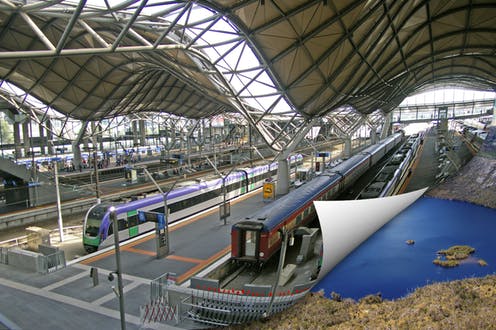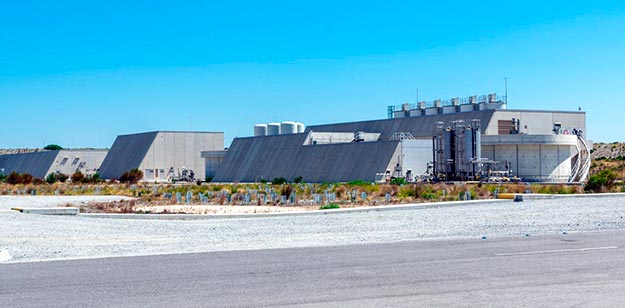Melbourne’s transport uses 311 billion litres of water each year – equivalent to flooding the city’s centre 8 metres deep. That’s just one of the findings of our study looking at how much water different modes of transport use.
We found that cars are the most water-intensive mode of transport, using on average 6.4 litres of water per passenger, per kilometre. Diesel trains use 5.2L per passenger-kilometre (pkm) and electric trains use the least, at 3.4L per pkm.
This means that a typical commuter can use between 140L and 350L of water per day to travel to work and back. This is at least as much as a Melbourne resident’s daily household water use of 160L. Read more



